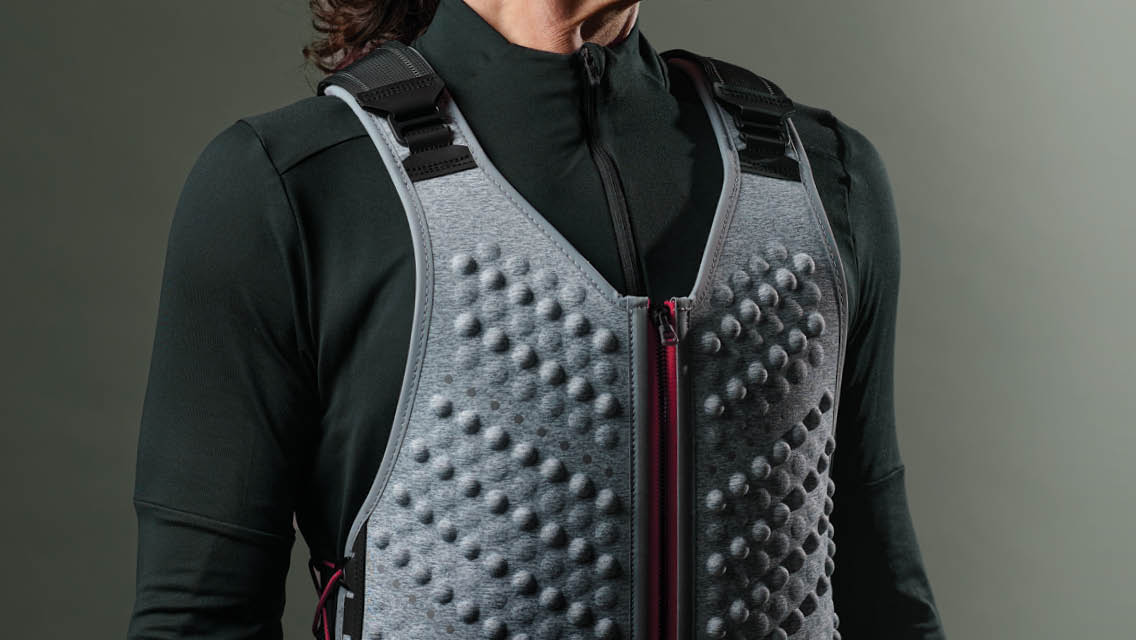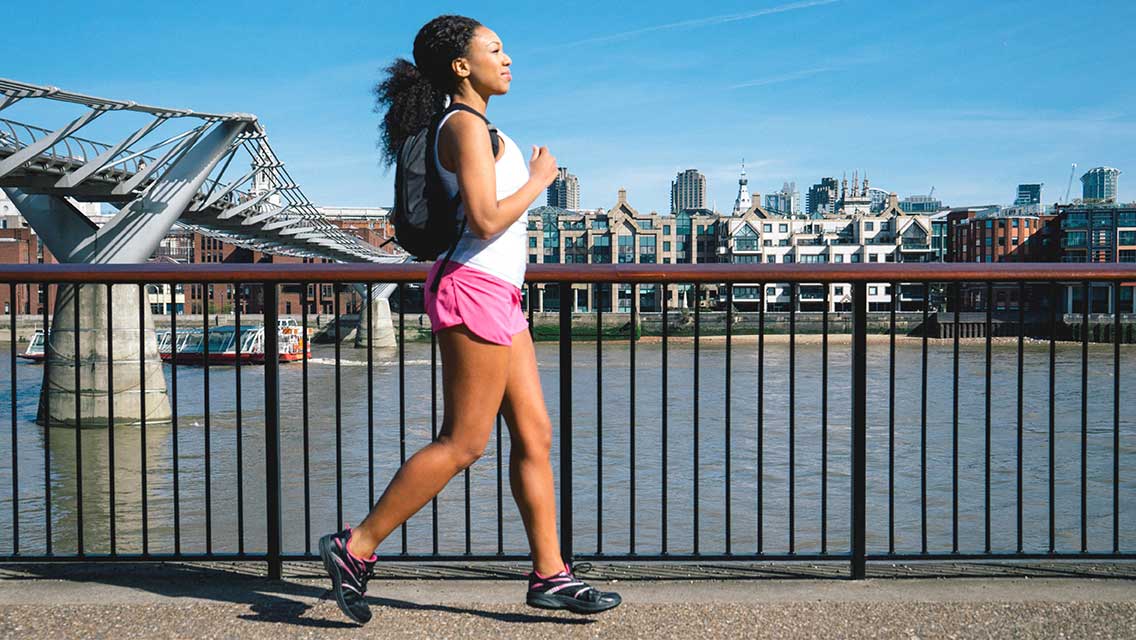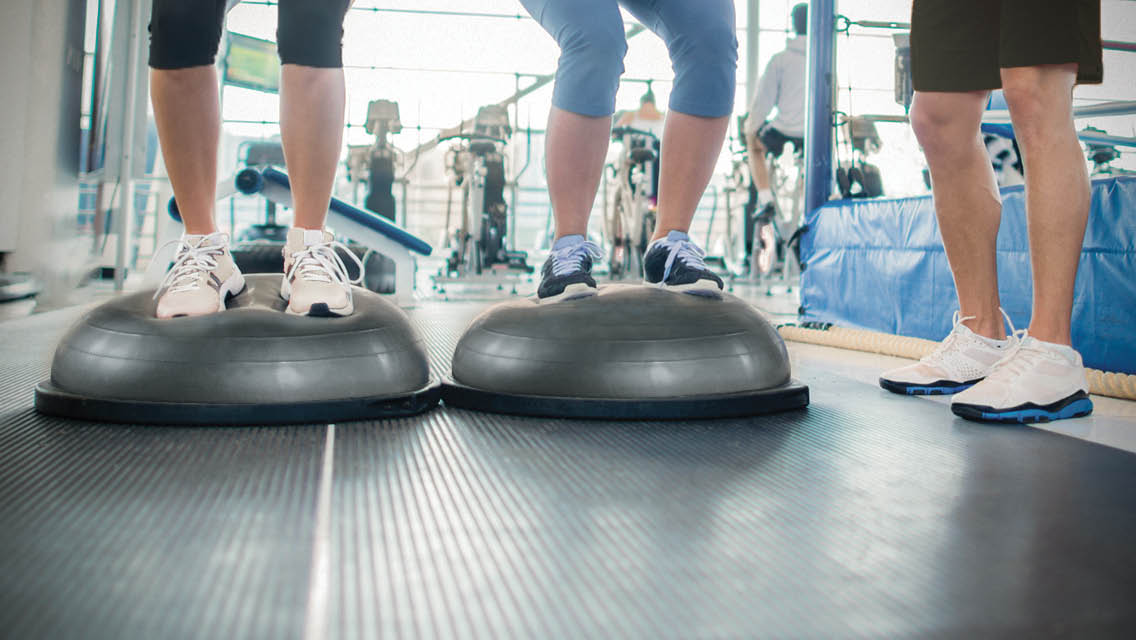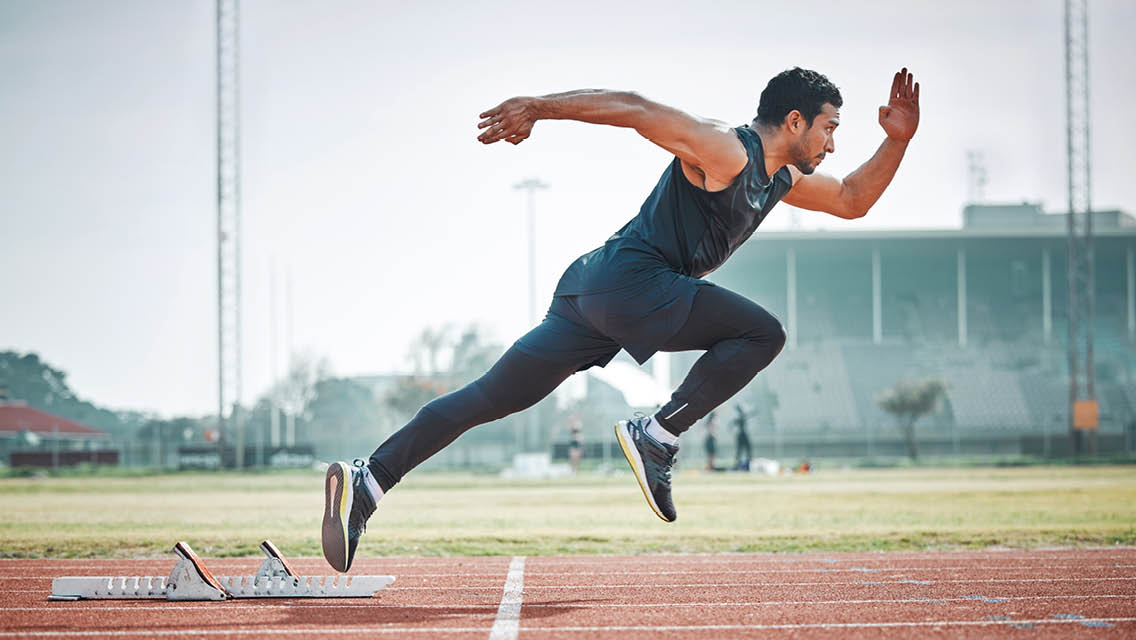Standing atop Mount Kilimanjaro, Lisa Albert took in a panorama of vast horizons and breathtaking Tanzanian landscapes, including layers of valleys, plains, sun-soaked glaciers, and distant mountains. Beyond the visual rewards, she felt a profound sense of accomplishment: Thousands of people each year attempt to climb the highest freestanding mountain in the world, but not everyone succeeds. Albert, 56, completed her eight-day scramble up steep igneous rock in January 2025.
“It was the hardest thing I ever did,” she says of her days enduring altitude sickness and exhaustion while climbing through blowing snow, sleet, and hail. The newbie mountaineer, who had never even camped before her trip, says she wanted to “shake up the snow globe and challenge myself.”
A former personal trainer and the owner of Twin Cities Fascial Stretch and Wellness, Albert understood the need for preparation. Also, after two back surgeries, she was keen to protect her body from overloading. In the months leading up to the climb, she donned a weighted vest that slipped over her head and buckled at the sides during her daily runs and walks. She progressively increased the challenge over four months by adding weight to the vest.
The effort paid off. While porters carried most of the supplies, Albert climbed with several extra pounds of gear in her daypack and relished, without distraction, the emotional weight of her accomplishment.
“When I hit about 19,000 feet — or the fake summit known as Stella Point — I got pretty emotional,” she recalls. “It was then I understood what I was doing and there was no turning back.”
The Benefits of Weighted Vests
Weighted vests are a relatively inexpensive and convenient tool to support athletic training and healthy aging. They can be worn while exercising as well as during daily activities like walking or doing chores.
You don’t have to be prepping for an extreme adventure to profit from training with a weighted vest.
“Weighted vests are helpful in that they can make our muscles and metabolism work harder so they increase our heart rate,” explains Christopher Gaffney, a senior lecturer in integrative physiology at Lancaster University in England, who studies the fitness effects of weighted vests. “Therefore, doing the same exercise — but with the addition of a weighted vest — would improve your cardiovascular fitness, increase strength, and train the chemical reactions in your body to cope with physical stress better.”
“Weighted vests are helpful in that they can make our muscles and metabolism work harder so they increase our heart rate.”
Research suggests that weighted vests may also be a valuable tool for older adults. Studies have shown that wearing one during daily activities — even without additional exercise — can improve key markers of musculoskeletal health, according to Kristen Beavers, PhD, MPH, RD, professor of internal medicine, section of gerontology and geriatric medicine, at Wake Forest School of Medicine. The benefits include maintaining bone density, reducing fall risk, and improving overall physical function.
Many older adults experience muscle and bone loss, which increases the risk of fractures. In a pilot clinical trial, Beavers and her team observed the potential for older adults who had lost weight to “trick” their bodies into maintaining bone density by wearing a weighted vest for eight to 10 hours a day, mimicking their previous body weight.
The Risks of Weighted Vests
To reap the rewards of exercising with a weighted vest, there are a few safety considerations to keep in mind.
One key to minimizing injury is making sure the amount you carry doesn’t impact your biomechanics. Gaffney suggests using weighted vests during familiar exercises. In other words, don’t start that new 5K training program while wearing a weighted vest. Get used to running first.
He also advises against wearing weighted vests during overhead pressing, deadlifting, and squatting. “The benefit of a weighted vest is likely to be minimal if you’re lifting heavy, and the vest could throw off your balance, resulting in injury,” he says. “It also increases spinal compression that could pose an injury risk.”
Individuals coping with chronic back or shoulder pain, severe arthritis, or mobility limitations should use caution. Wearing a vest may not be practical in a hot or wet environment or for activities requiring frequent bending.
How to Choose a Weighted Vest
The best weighted vest is the one that works best for you, suiting your unique body shape, fitness level, and budget. Follow these tips for finding one that checks all the boxes.
Prioritize comfort and mobility. Choose a well-fitting vest that feels snug but not restrictive, doesn’t hinder your mobility, and feels secure with minimal bouncing when you move. Numerous brands offer various sizes in a smattering of styles, with varying fits to accommodate anatomical differences like torso length, shoulder width, and breasts. Options with adjustable straps and buckles are useful for further customizing the vest to your body.
Don’t go too heavy too fast. Weighted vests typically range from 5 to more than 100 pounds. Start with a lighter vest (5 to 10 percent of your body weight) and gradually increase resistance. Some vests offer adjustable-weight options, allowing you to add or remove weight in increments for progressive overload.
Consider your specific needs. Will you be using the vest for outdoor workouts in low-light conditions? Look for vests with light or bright colors and reflective detailing. Do you plan to carry your keys and a phone? Look for a vest with secure pockets to hold essentials. Will your vest get dirty or sweaty? Pay attention to cleaning instructions and washability.
Don’t feel pressured to break the bank. Weighted vests can be suitable for a variety of budgets, ranging from about $30 for basic, lighter-weight versions to more than $200 for models with high-end materials.
This article originally appeared as “Just Add Weight” in the September/October 2025 issue of Experience Life. Photographer: Kelly Loverud; Model: Jen Walter.





This Post Has 4 Comments
I am beginning treatment for breast cancer with an estrogen blocker added to my daily meds. I have been researching a weighted vest to add to my arsenal to help delay or stop the bone density negative effects. Thank you for this article — as always, Experience Life teaches me things with every issue! By the way, what brand vest is the gray one shown at the beginning of the article?
This is a great starter article for those interested in how to maximize their basic activities. I was looking into getting a weighted vest, but didn’t know where to start. This was helpful. Thanks!
I’d like to know the name of the weighted vest in the pictured above?
I have a replaced knee and hip but I’m very small-boned and thin. I’m always fighting osteoarthritis but don’t want to take drugs. Would this be beneficial to me?